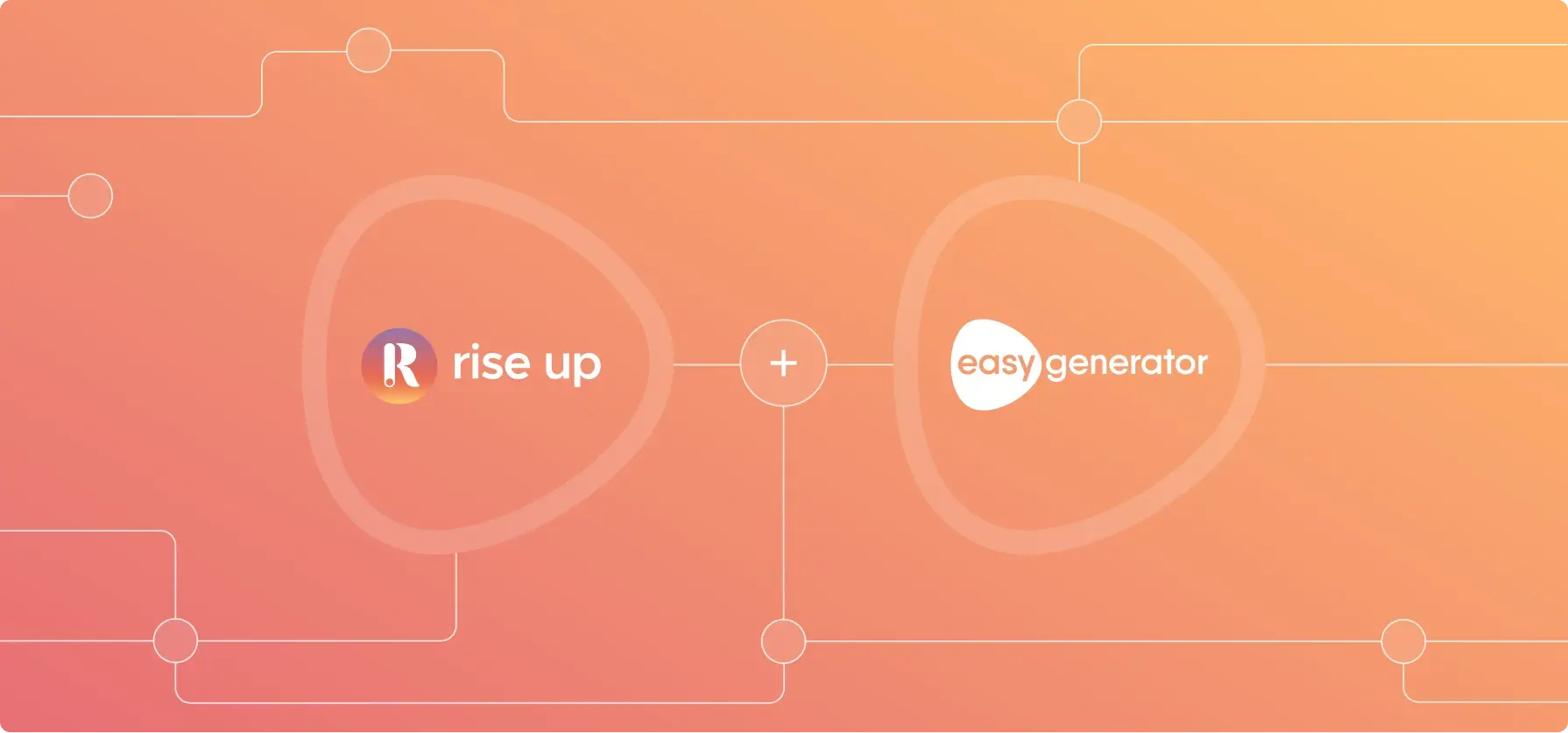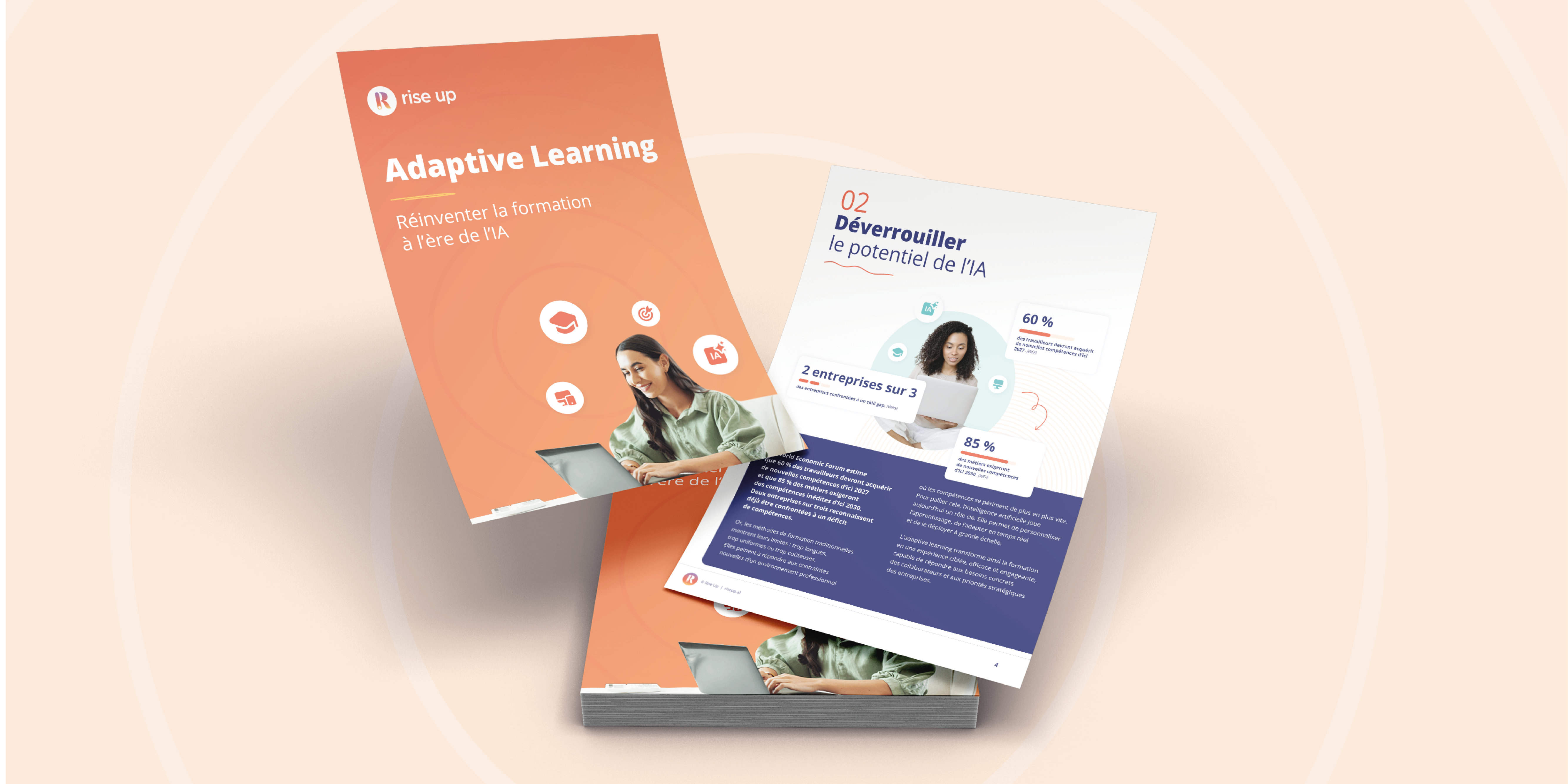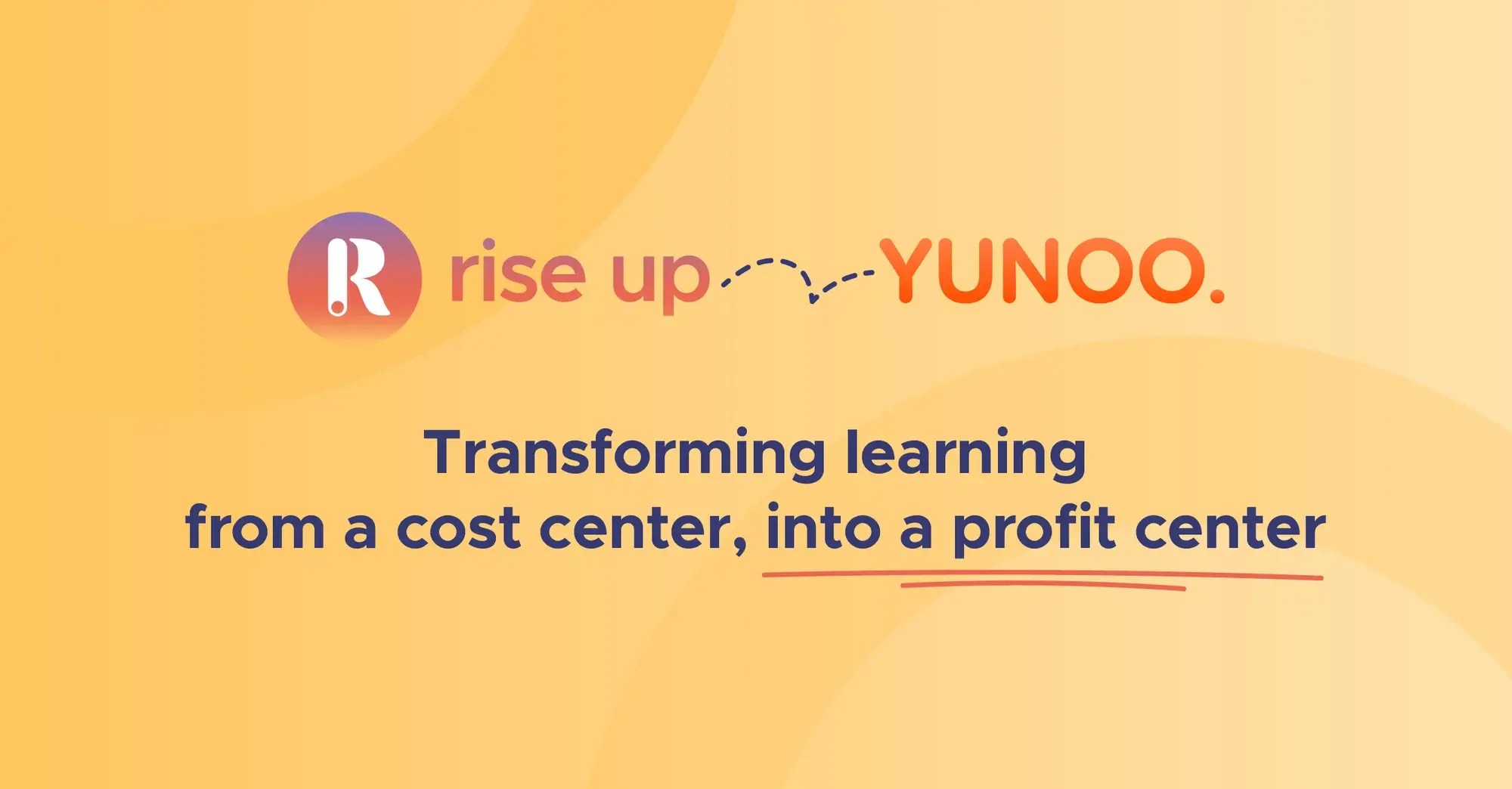What is a learning experience platform (LXP)?
6 minutes of reading | 2022-02-24
A learning experience platform (or LXP) is an invaluable tool to have at your disposal throughout the process of training your employees. That’s why it pays to know more about what an LXP can offer. So, whether you’ve only just heard of the term or are already planning to acquire one for your business, this is the guide for you.
In this article, we’ll tell you more about the features offered by an LXP, and show you some of its many benefits, from increased learner engagement to better personal development. You’ll see exactly why an LXP needs to be at the heart of your business’ digital learning system.
We’ll answer some of your most common questions, including how LXP software works and the ways in which it differs from an LMS. Let’s dive in!
Is LXP the new LMS?
If you’re familiar with any kind of learning software, you might have heard of the terms LMS and LXP before. Not sure which is which? Don’t worry: we’ll provide the answers you need.
What is an LMS?
A learning management system (LMS) is an application that acts as the central hub for all of the training activities carried out by a business. It also helps companies to save time on managerial and administrative tasks.
Every member of your organisation can easily use an LMS, from training managers through to the learners themselves. The platform also brings together a wide range of resources, including the learning content itself, user profiles, results tracking and personal data. You can use it to register users, monitor progress, organise personalised learning courses, and conduct training.
What is an LXP?
An LXP is another type of digital learning platform. Its focus is on user experience—hence why it is more properly known as a learning experience platform—and includes features designed to increase the effectiveness of training programs. Using data and artificial intelligence, LXP software is able to offer an intuitive, agile and largely learner-driven approach to remote learning. An alternative term for the same kind of software is LEP, meaning learner engagement platform.
What are the key differences between an LMS and an LXP?
Having read the definitions of an LMS and an LXP, you may wonder what differentiates the two systems. The answer is that, while an LMS focuses on the management side of things, an LXP places the emphasis on the learners themselves. When using an LXP platform, the employee undergoing training is at the centre of the entire process. The course itself adapts to meet their needs, takes into account the skills they have gained, and offers them a range of interactive learning possibilities.
The power of combining LMS and LXP
Some training platforms, such as Rise Up, combine the features of a learning experience platform with those of a learning management system. This means users can experience the best of both worlds. Training managers can use the software to make administrative tasks simpler, while learners benefit by having access to more engaging content and new ways to keep them motivated.
LXP features explained
Ready to see how a learning experience platform can help to improve the training process? Here’s a breakdown of some of the most important features LXPs have to offer.
Putting user experience first
The interface of any LXP app or website is built with the learner in mind. Close attention is paid to the UX, with each aspect of the design helping to ensure that it’s as easy as possible to navigate the system. This allows even novice users with little technical knowledge to quickly and easily get to grips with a learning experience platform.
As well as being able to access content via a work computer, employees can use their own tablet or smartphone to train on the go. This helps to ensure a smoother learning experience and creates more autonomy for the learner.
Social learning: how does it work?
By definition, an LXP helps to make the training process more engaging and user-friendly. To aid in this, many platforms offer a sort of online campus. In other words, LXPs create a digital community space in which learners can exchange ideas and talk about their course.
In some ways, this feature is similar to a social network. Employees can support and offer assistance to one another, and comment on or share each other’s posts. There are even discussion boards and messaging services. For this reason, this functionality is often known as social learning.
Social learning is so important because it provides a way for learners to come together in groups based on their job role or training needs. Finding other employees doing the same course as you is as simple as a couple of clicks.
Using technology to make training more effective
The best way to ensure your training course is a success is by helping your employees to stay motivated and taking steps to boost engagement. Learning experience platforms make it easy to tackle this problem by allowing you to employ a variety of different learning methods that go far beyond the usual online training modules.
.webp?width=1280&name=What%20is%20a%20Learning%20Experience%20Platform%20(LXP).webp)
Mobile learning, for example, lets learners complete training activities and interact with others anywhere, anytime. Additionally, by providing a space in which employees can communicate and share resources, LXPs allow social learning to emerge naturally.
Yet another LXP feature that helps to enhance the learning experience is gamification, which, through badges and rewards, allows employees to track their achievements and provides a more stimulating way of progressing through the course. Taken together, these features make learning more social and more fun.
Personalisation: the key to a great learning experience
With an LXP, every employee can benefit from their own personalised training pathway with support provided at each step. This is made possible, in part, by machine learning, which identifies the learner’s needs and offers relevant content to them at different points in their journey. This feature is known as adaptive learning.
How to engage learners online
The aim of an LXP is not just to train employees, but also to boost engagement. The need for this kind of platform became apparent when it transpired that other forms of distance learning, which relied heavily upon e-learning modules, had extremely high dropout rates. This isn’t too surprising: after all, if your entire course consists of staring at a screen watching videos for hours on end without any form of interaction, you’re likely to quickly become bored and unmotivated.
LXPs turn this on its head by offering a variety of different features that help to boost employee satisfaction and motivation, such as mobile learning, social learning and gamification.
Additionally, LXPs allow training content to be redesigned so as to better appeal to learners. For example, microlearning modules may condense a particular topic into just a few minutes, while other learning methods focus on greater interactivity.
Virtual classes are commonly used as part of digital learning pathways, and aim to recreate the atmosphere of a real-life training session, complete with the kinds of interactions normally only available in person. This means that employees can work together in groups or with their trainer, even when they’re learning remotely.
If you’re looking for the best possible training outcomes within your organisation, investing in a learning experience platform is one of the smartest moves you can make. Want to learn more about how your business can benefit? Get in touch with Rise Up and request a demo today.






